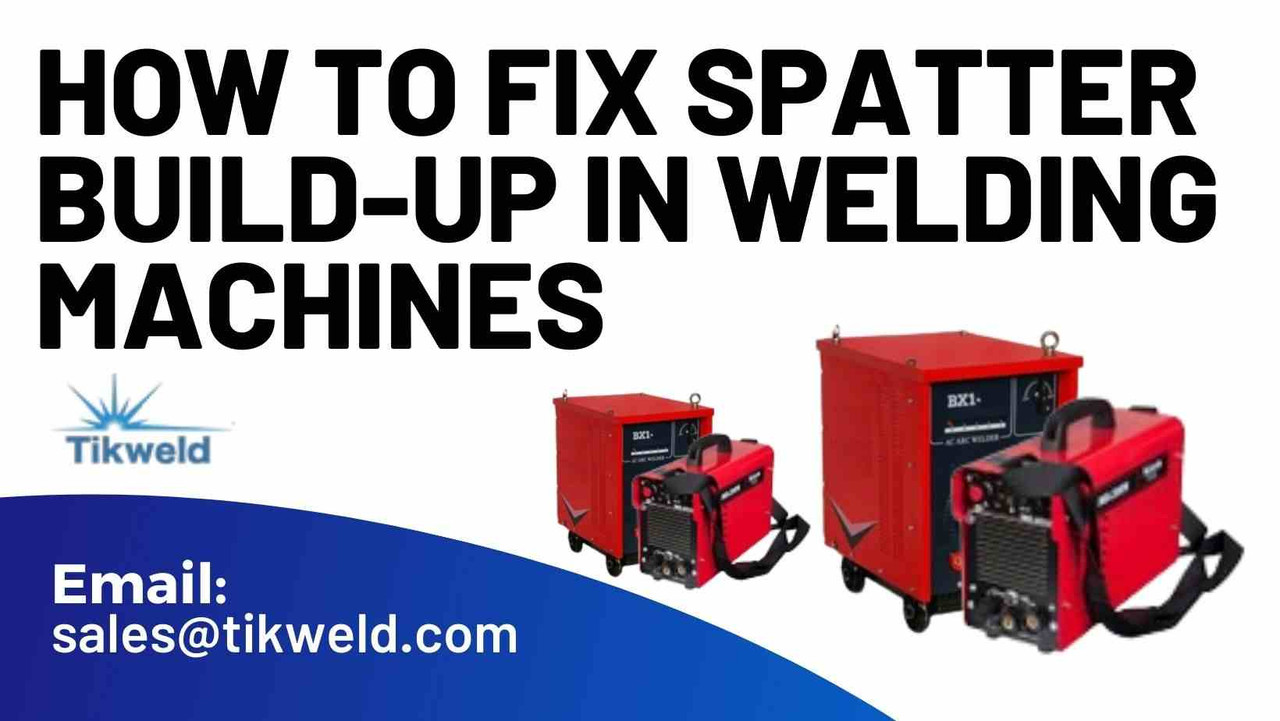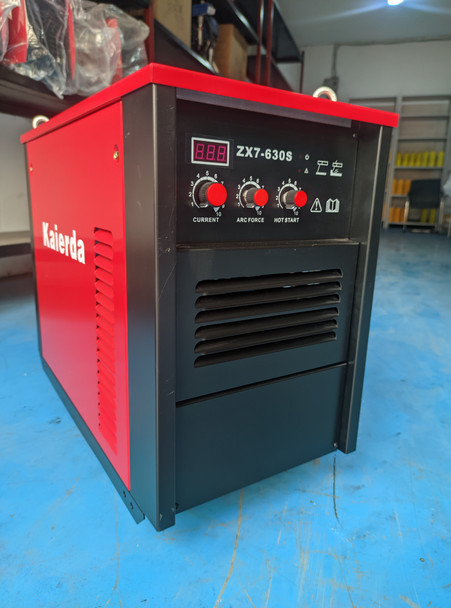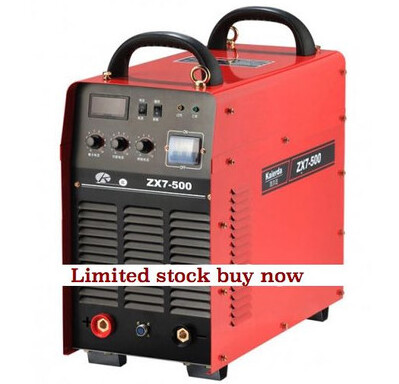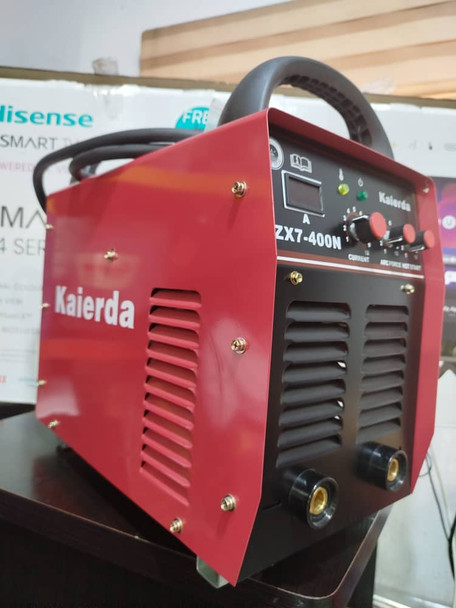How to Fix Spatter Build-Up in Welding Machines
Key takeaway;
Ensuring proper gas shielding is a crucial step in fixing spatter build-up in welding machines. By maintaining consistent gas flow and inspecting gas hoses and connections regularly, welders can minimize spatter and achieve cleaner, more precise welds. Proper gas shielding protects the weld pool from atmospheric contamination, reducing the likelihood of spatter formation and improving overall welding quality.
learn more: Revolutionizing Industrial Processes with Arc Welding Machines: A Comprehensive Guide
Introduction
Spatter build-up refers to the unwanted droplets of molten metal that scatter during the welding process and adhere to surrounding surfaces, including the welding gun, workpiece, and nearby equipment. This phenomenon occurs due to various factors such as improper welding parameters, insufficient gas shielding, and surface contaminants on the base metal.
Addressing spatter build-up is crucial for maintaining welding quality, efficiency, and safety. Excessive spatter not only mars the appearance of the weld but also poses several problems. It can lead to weld defects, such as porosity and lack of fusion, compromising the integrity of the weld joint. Additionally, spatter accumulation on welding equipment can interfere with its performance, increase maintenance needs, and even pose safety hazards.
This content will provide comprehensive guidance on identifying, addressing, and preventing spatter build-up in welding machines. It will delve into the root causes of spatter, offer practical solutions for mitigating its effects, and outline preventive measures to maintain clean, high-quality welds. Through detailed explanations and actionable tips, welders will gain valuable insights into optimizing their welding processes and achieving superior results.
 Kaierda inverter manual arc welding machine ZX7-630S
Kaierda inverter manual arc welding machine ZX7-630S
Understanding Spatter Build-Up
Welding spatter, also known as weld spatter or welding splatter, refers to the tiny droplets of molten metal that are expelled during the welding process. These droplets are a natural byproduct of the fusion of the base metal and the welding electrode or filler wire. Spatter can occur in various welding processes, including shielded metal arc welding (SMAW), gas metal arc welding (GMAW/MIG), and flux-cored arc welding (FCAW).
Spatter is typically composed of the same material as the welding electrode or filler wire, and it solidifies rapidly upon contact with the surrounding air. It adheres to nearby surfaces, including the workpiece, welding torch, and surrounding fixtures. While some spatter is inevitable, excessive spatter can lead to several issues, including reduced weld quality, increased cleanup efforts, and potential safety hazards.
Causes of Spatter Build-Up in Welding Machines
- Incorrect Voltage Settings:
- Voltage plays a crucial role in controlling the arc temperature during welding. If the voltage is set too high, the arc becomes excessively hot, leading to increased spatter. Conversely, if the voltage is too low, the arc may become unstable, resulting in erratic spatter.
- Solution: Adjust the welding machine’s voltage settings based on the specific welding process, material thickness, and electrode type. Consult the manufacturer’s guidelines or seek advice from experienced welders.
- Improper Wire Feed Speed:
- The wire feed speed determines how quickly the welding electrode or filler wire is fed into the weld pool. If the wire feed speed is too high, excessive molten metal is deposited, leading to spatter.
- Solution: Optimize the wire feed speed according to the welding parameters. Ensure that the wire feed rollers are properly adjusted and that the wire spool rotates smoothly.
- Poor Gas Flow:
- In GMAW (MIG) welding, shielding gas is essential to protect the weld pool from atmospheric contamination. Insufficient gas flow can result in inadequate shielding, leading to increased spatter.
- Solution: Check the gas flow rate using a flowmeter and adjust it as needed. Ensure that the gas nozzle is clean and properly positioned to provide effective shielding.
- Contaminated Base Metal:
- Surface contaminants, such as rust, oil, paint, or mill scale, can contribute to spatter. When the welding arc interacts with these impurities, they vaporize and create additional spatter.
- Solution: Thoroughly clean the base metal before welding. Use wire brushes, sandpaper, or chemical cleaners to remove any surface contaminants. Proper surface preparation is essential for minimizing spatter.
 Kaierda Inverter DC MMA Welding Machine ZX7-500
Kaierda Inverter DC MMA Welding Machine ZX7-500
Impact of Spatter on Welding Quality and Productivity
- Reduced Weld Quality: Excessive spatter can lead to weld defects such as porosity, lack of fusion, and inconsistent bead profiles, compromising the structural integrity of the weld joint.
- Increased Post-Weld Cleanup: Removing spatter from the welded surfaces and equipment can be time-consuming and labor-intensive, increasing post-weld cleanup efforts and reducing overall productivity.
- Waste of Material: Spatter represents wasted filler metal, increasing material costs and reducing efficiency in the welding process.
- Potential Health and Safety Risks: Welding spatter can pose safety hazards, such as eye injuries from flying molten metal droplets or slips and falls due to slippery surfaces caused by spatter accumulation.
Steps to Fix Spatter Build-Up
1. Inspection of Welding Machine
- Begin by ensuring that the voltage settings on the welding machine are appropriate for the specific welding process and material being used. Adjust the voltage as needed to achieve optimal welding parameters and minimize spatter formation. Consult the manufacturer’s guidelines or seek advice from experienced welders to set the appropriate voltage.
- Next, inspect the wire feed speed settings to ensure they are synchronized with the voltage settings. Adjust the wire feed speed as necessary to maintain a consistent deposition of filler metal and minimize spatter.
- Finally, check the gas flow rate and ensure that it is sufficient to provide adequate shielding gas coverage during the welding process. Inspect the gas hoses and connections for any leaks or obstructions that may affect gas flow and compromise weld quality.
2. Cleaning the Welding Gun and Nozzle
- Use a wire brush or nozzle cleaning tool to remove any spatter buildup from the welding gun nozzle. Clean the inside of the nozzle thoroughly to ensure proper gas flow and prevent spatter from interfering with the welding process. Regularly clean the nozzle using a wire brush or specialized nozzle cleaning tools.
- Inspect the contact tip for any spatter buildup or debris that may affect wire feeding and welding performance. Replace the contact tip if necessary and clean it using a wire brush or compressed air to remove any contaminants.
- Inspect the welding gun and its components for any signs of wear or damage, such as worn-out liners or damaged cables. Replace any worn or damaged components to ensure optimal welding performance and minimize spatter buildup.
3. Adjusting Welding Parameters
- Fine-tune the voltage and current settings based on the welding process, material thickness, and joint configuration. Adjusting these parameters can help achieve the desired weld bead profile and minimize spatter formation. Refer to welding charts, conduct test welds, and adjust parameters as needed.
- Make small adjustments to the wire feed speed to achieve a consistent arc and deposition of filler metal. Fine-tuning the wire feed speed can help reduce spatter and improve weld quality.
4. Maintaining Proper Gas Shielding
- Monitor the gas flow rate using a flowmeter or regulator to ensure it is within the recommended range for the welding process. Adjust the gas flow rate as needed to maintain proper shielding gas coverage and minimize spatter formation.
- Regularly inspect the gas hoses and connections for any signs of damage, leaks, or obstructions. Replace damaged hoses or fittings and tighten any loose connections to ensure consistent gas flow and effective shielding gas coverage.
5. Preparing Base Metal
- Thoroughly clean the surface of the workpiece to remove any oil, grease, rust, or other contaminants that may contribute to spatter formation. Use a degreaser or solvent and a wire brush to clean the base metal effectively.
- Inspect the base metal for any remaining surface contaminants and remove them using a suitable cleaning method, such as grinding or sanding. Ensuring a clean and properly prepared base metal surface is essential for achieving high-quality welds with minimal spatter.
6. Test Welding and Fine-Tuning
- Perform test welds using the adjusted welding parameters to evaluate the effectiveness of the changes in reducing spatter formation. Inspect the welds for any signs of spatter and make further adjustments as necessary.
- Based on the results of the test welds, make any additional adjustments to the welding parameters or equipment settings to further minimize spatter and optimize weld quality. Continuously monitor the welding process and make adjustments as needed to maintain consistent and high-quality welds.
 Kaierda Inverter DC MMA Welding Machine ZX7-400N
Kaierda Inverter DC MMA Welding Machine ZX7-400N
Preventive Measures to Avoid Spatter Build-Up
1. Regular Maintenance Schedule
Cleaning and Inspecting Welding Equipment:
Implement a regular maintenance routine to clean and inspect welding equipment, including the welding machine, torch, and accessories. Remove any spatter buildup from the welding gun, nozzle, and contact tip. Inspect cables, hoses, and connections for signs of wear, damage, or blockages that may affect welding performance and contribute to spatter formation.
Action:
- Clean the welding gun: Remove spatter from the nozzle, contact tip, and other components. Ensure smooth gas flow.
- Inspect cables and connections: Check for loose connections, damaged cables, and worn insulation.
- Examine the power source: Look for signs of overheating, dust accumulation, or malfunction.
Replacing Worn Components:
As part of the maintenance schedule, regularly check for worn-out components such as contact tips, nozzles, liners, and cables. Replace any worn or damaged components promptly to ensure optimal performance and minimize spatter buildup. Keeping the welding equipment in good condition is essential for achieving consistent weld quality and reducing the risk of spatter.
Action:
- Regularly assess components such as liners, contact tips, drive rolls, and gas diffusers.
- Replace any worn parts promptly.
2. Proper Welding Technique
Maintaining Consistent Travel Speed:
Practice maintaining a consistent travel speed during welding to ensure uniform heat input and deposition of filler metal. Inconsistent travel speed can lead to variations in weld bead size and shape, as well as increased spatter formation.
Action:
- Maintain a steady travel speed throughout the weld. Avoid sudden accelerations or decelerations.
- Practice consistent hand movements to achieve uniform bead deposition.
Ensuring Correct Torch Angle:
Maintain the correct torch angle relative to the workpiece surface to achieve optimal weld penetration and minimize spatter. The torch angle should typically be between 5 to 15 degrees from perpendicular to the workpiece surface, depending on the welding process and joint configuration..
Action:
- Hold the torch at the recommended angle (usually around 10-15 degrees from vertical).
- Adjust the angle based on the welding position (flat, horizontal, vertical, or overhead).
Proper Wire Stick-Out Length:
Maintain the appropriate wire stick-out length, which refers to the distance between the contact tip and the workpiece surface. Too long or too short wire stick-out lengths can lead to erratic wire feeding, inconsistent arc stability, and increased spatter formation.
Action:
- Maintain the recommended wire stick-out (typically 3/8 to 1/2 inch for GMAW).
- Adjust stick-out based on the welding parameters and joint configuration.
3. Quality Assurance Checks
Inspecting Welds for Signs of Spatter:
Conduct regular quality assurance checks to inspect welded joints for signs of spatter, such as excess splatter on the surface or within the weld bead. If spatter is detected, investigate the root cause and take corrective actions to prevent recurrence.
Action:
- Use proper lighting and magnification if needed.
- Identify areas with excessive spatter and note their location.
- Document any instances of spatter and track trends over time to identify areas for improvement.
Addressing Any Issues Promptly:
Act promptly to address any issues or deviations from the established welding parameters or technique that may contribute to spatter buildup. Communicate with welders and supervisors to ensure awareness of spatter-related issues and encourage proactive measures to prevent their occurrence
Action:
- Adjust welding parameters, torch angle, or wire feed speed as necessary.
- Revisit the preventive measures discussed earlier.
Conclusion
Understanding and effectively managing spatter build-up in welding machines is crucial for achieving high-quality welds and maximizing productivity. By comprehending the causes and impact of spatter, as well as implementing proactive measures, welders can minimize spatter formation and optimize welding performance.
This can be achieved through a systematic approach, including inspection, cleaning, and adjustment of welding equipment, as well as adherence to proper welding techniques and quality assurance checks; welders can significantly reduce spatter-related issues. Regular maintenance schedules also ensure that welding equipment remains in optimal condition, while proper welding techniques, such as maintaining consistent travel speed and torch angle, contribute to achieving clean and precise welds.
Furthermore, proactive measures, such as monitoring welding parameters, conducting test welds, and promptly addressing any issues, are essential for preventing spatter buildup and maintaining consistent weld quality. By fostering a culture of continuous improvement and collaboration among welding personnel, supervisors, and quality control personnel, organizations can effectively manage spatter and ensure the success of their welding operations.
Ultimately, by prioritizing preventive measures and employing best practices, welders can minimize spatter build-up, enhance welding quality, and improve overall productivity.
Contact us for more useful tips










